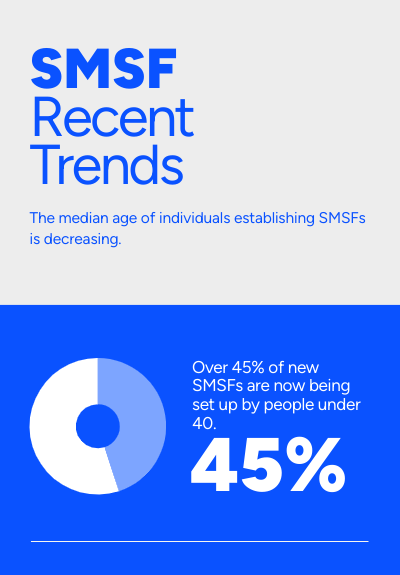A Self-Managed Super Fund (SMSF) is a private superannuation fund that you manage yourself, giving you greater control over your retirement savings.
The major attraction to a SMSF is the control and flexibility they offer. The drawbacks include the extra overhead and expense in setting up and administering it.
There is also increased risk. Some members of a SMSF have been subject to scams recently. Retail or Industry Super Funds have access to government compensation in the event of theft or fraud.
SMSFs are regulated by the Australian Taxation Office (ATO).
Investment Choices
1. Property
- Residential and Commercial: SMSFs can invest in both types of property, but there are specific rules regarding related party transactions. For example, a residential property purchased by an SMSF cannot be rented to a member of the fund.
- Fractional Property Investing: This involves purchasing a share of a property with other investors.
2. Shares and Equities:
- Australian and International Shares: These are a popular choice due to their potential for capital gains and dividends.
- Exchange Traded Funds (ETFs): ETFs offer diversification by tracking specific market indexes or sectors.
3. Fixed Income:
- Bonds: Bonds are considered lower risk than shares, but may offer lower returns.
- Term Deposits: These offer a fixed interest rate for a set period.
4. Other Assets:
- Cash: A portion of the SMSF can be held in cash for liquidity and stability.
- Physical Commodities: This includes raw materials like gold, silver, and agricultural products.
- Collectables: Items like artwork, antiques, and memorabilia can be included, but there are restrictions on personal use.
- Cryptocurrencies: While volatile, cryptocurrencies can be part of an SMSF investment strategy.
- Managed Funds: These provide professional management across various asset classes.

The median age of individuals establishing SMSFs is decreasing
Recent data shows that the median age of individuals establishing SMSFs has dropped from 51 years (2006–2014) to 46 years (2020–2022). Over 45% of new SMSFs are now being set up by people under 40.
Younger people are increasingly turning to SMSFs for a few key reasons, driven by both dissatisfaction with traditional superannuation funds and a desire for greater financial control. The first of which is more control and flexibility, allowing them to make their own investment decisions, this is a major factor as we see more the younger generation do want to be hands own with the future financial decisions.
More so we see the desire for property investment which isn't possible in most retail or industry funds. At Capitl we see this as an effective way to enter the property market particularly if the are priced out personally, we see a definite shift in his space.
Another interesting trend is the younger investors are setting up SMSFs with family members, combining balances to increase investment power earlier.
All the above are appealing to the young investor however at Capitl we are conscious of the dangers that lurk behind what sometimes seems a great deal however we are continually coaching our clients through the compliance, legal, and administrative responsibilities. If mismanaged, they can result in penalties and poor returns.
Before committing themselves, we ensure our clients have a thorough knowledge of all processes and obligations and they are comfortable with risk and have a substantial balance of approx. $220k










